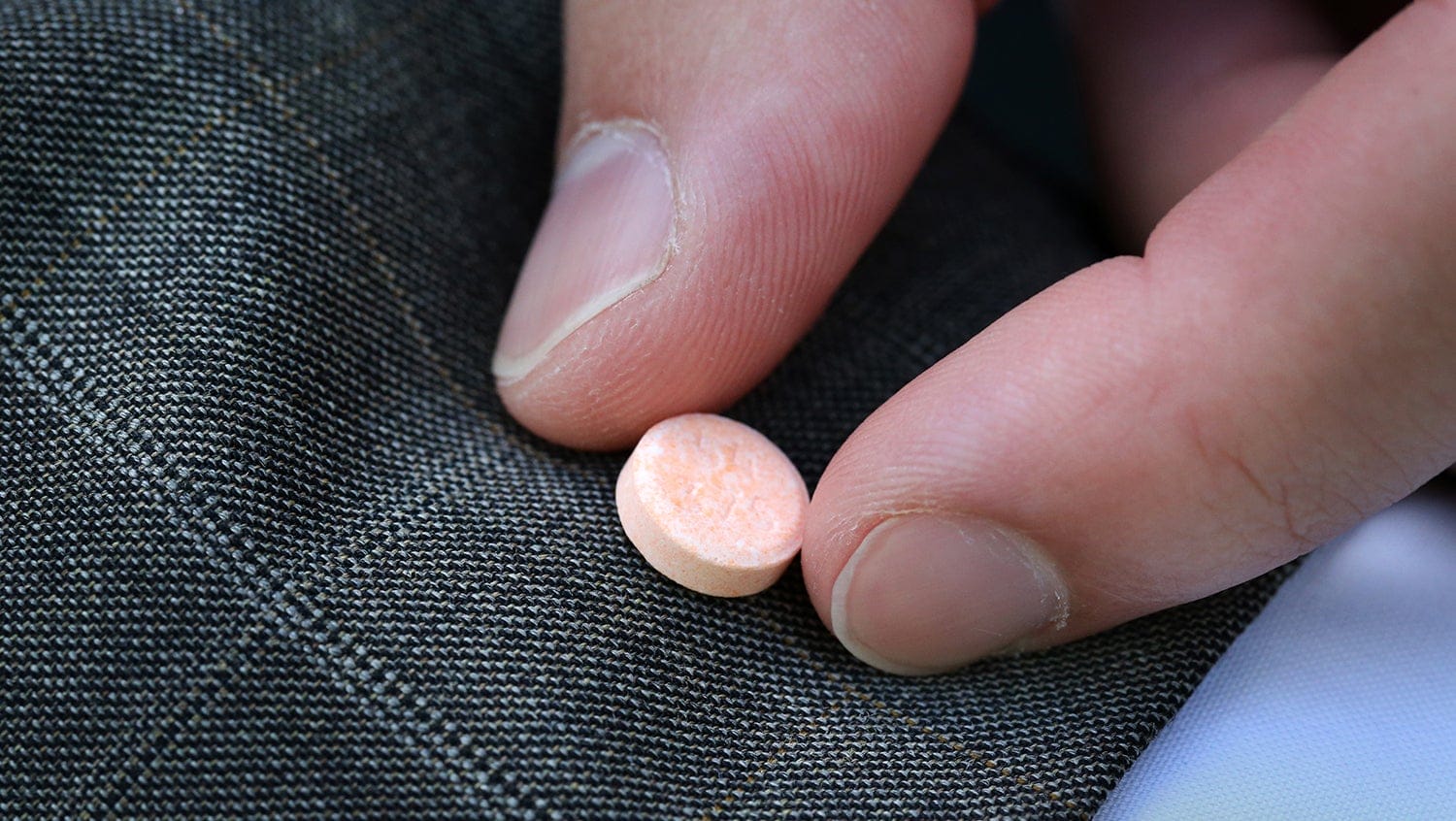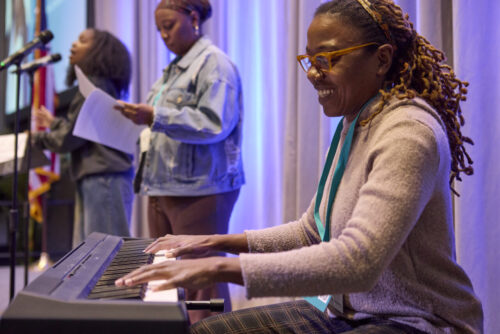Can Primary Care Help Youth Better Access Medication for Opioid Addiction?
September 20, 2021
By David Limm

Boston Globe, Getty Images
Nearly two-thirds of patients studied did not receive medication for opioid use disorder, despite recommendations from medical groups. Primary care doctors can help boost access to addiction treatment.
THE BOTTOM LINE | Despite medication being the gold standard for treating opioid use disorder, nearly two-thirds of young adult patients with OUD had no such documented treatment, according to a study of more than 300,000 youth patients between the ages of 16 and 25. Their access to medication must be improved, and primary care doctors are well-positioned to be that access point.
CONTEXT | Opioid-related deaths among teenagers and young adults continues to rise in the U.S., driven by fentanyl. Emergency room visits and intensive care admissions are also up. The surge in overdose deaths has fueled efforts to boost access to medication for opioid use disorder (MOUD).
The American Academy of Pediatrics and the American Society for Addiction Medicine both recommend medication as an OUD treatment for youth. FDA-approved buprenorphine and both oral and injectable naltrexone can be prescribed in office-based settings for teenagers and young adults, such as primary care. But federal regulations limit methadone as an MOUD for those under 18.
Most youth see a primary care provider (PCP), and the longitudinal relationship they have provides an important opportunity to provide treatment for OUD. However, little is known about the prevalence of MOUD treatment among youth who already access healthcare via primary care providers.
STUDY OBJECTIVE | To research and describe the prevalence of OUD, the prevalence of treatment with medication, and the characteristics associated with patients who receive MOUD, among youth who are already engaged in primary care.
THE DETAILS | This cross-sectional study drew on data from the Primary care Opioid Use Disorders (PROUD) trial. Researchers analyzed a large sample of adolescents and young adults ages 16 to 25 who received primary care in one of six health systems across six states.
Patients’ demographic data and clinical characteristics were obtained from electronic health records and insurance claims. Office-based MOUD treatment data was based on pharmacy dispensing, medication orders, and procedure codes.
FINDINGS | Among the 303,262 primary care patients between 16 and 25 years of age in the study, 2,131, or 0.7%, had an OUD diagnosis. Prevalence increased with age.
Overall, 35% of youth with OUD received office-based medication treatment, and of the three age groups studied, MOUD receipt was lowest among 16- to 17-year-olds and highest among 22- to 25-year-olds.
Those who were treated with office-based MOUD were less likely to have documented depressive disorder (36% of those who received the medication vs. 48% of those who did not), anxiety disorder (42% vs. 50%), serious mental illness (6.9% vs. 12%), or an eating disorder (0.8% vs. 2.5%).
Among the patients, approximately two out of three had co-occurring depressive or anxiety disorders, half had tobacco use disorder, two out of five had cannabis use disorders, and one-third had alcohol or stimulant disorders.
PULL QUOTE | “Offering OUD treatment in [primary care] is not only safe and effective, but is also likely more convenient and less stigmatizing for patients. Moreover, PC and specialty physicians can treat the patient’s OUD in the context of their other health needs.”
Source: Bagley SM, Chavez L, Braciszewski JM, Akolsile M, Boudreau DM, Lapham G, Campbell CI, Bart G, Yarborough BJH, Samet JH, Saxon AJ, Rossom RC, Binswanger IA, Murphy MT, Glass JE, Bradley KA, PROUD Collaborative (2021) “Receipt of medications for opioid use disorder among youth engaged in primary care: data from 6 health systems.” Addiction Science & Clinical Practice.


